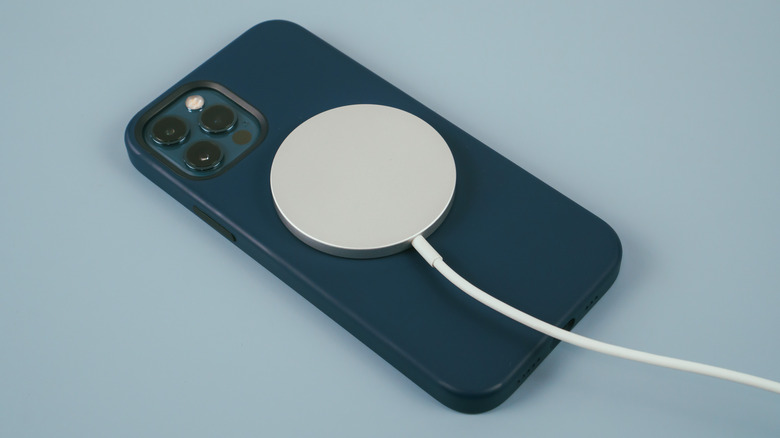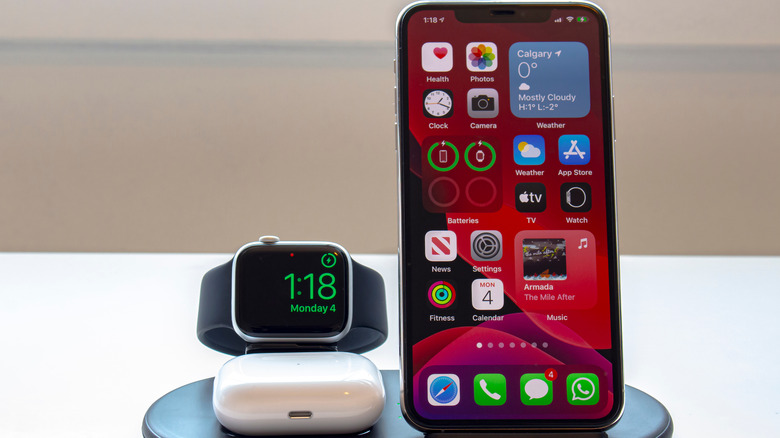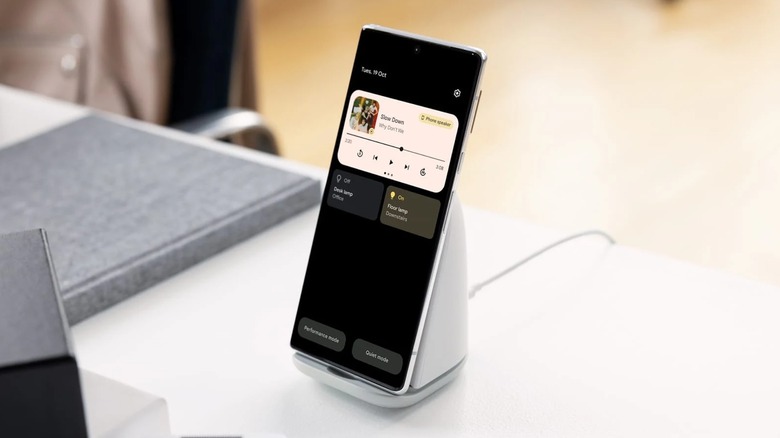What Is Qi2 Wireless Charging And How Fast Is It?
Qi2 wireless charging is right around the corner, but what is it, and how is it different from its predecessor?
Qi (pronounced "chee") wireless charging has been around since 2009. The Wireless Power Consortium (WPC) developed it as a universal charging solution for OEMs and third-party accessory manufacturers. Over the years, both Android and iOS devices have benefitted from the Qi standard.
However, since Apple released MagSafe charging with the magnetic ring that helps align iPhones with the charging coil and higher 15W charging speeds, regular Qi-certified chargers have felt a tad outdated. On the other side of the spectrum, Android phones went ahead with faster proprietary charging techniques, such as those developed by OnePlus and Google.
To bridge this gap between manufacturers and establish an improved and efficient wireless charging standard, the WPC announced Qi2 (pronounced "chee two") in November 2023, which promises "faster charging, higher efficiency, and greater convenience."
Qi vs. Qi2: How fast is the latest wireless charging standard?
Qi2 includes a new Magnetic Power Profile based on Apple's MagSafe protocol. This will help users place their smartphones in the best possible alignment, ensuring efficient wireless conduction, which is a huge problem with non-magnetic Qi-based chargers.
Reportedly, Qi2 will provide up to 15W wireless charging, twice the regular 7.5W on Qi. However, it is important to mention that some handsets might not support the maximum charging rate. Ultimately, it comes down to the manufacturer's preference, the hardware they wish to use, and the overall design of a phone.
This means quicker and easier wireless charging for Android phones, though no company has promised or teased the feature yet. For iPhones, Qi2 will bring MagSafe-grade charging to certified third-party products from companies like Anker, Belkin, and other known players at a lower price.
Currently, three iPhone lineups support the Qi2 standard: iPhone 13 (except the mini variant), iPhone 14, and iPhone 15. In fact, it was the iOS 17.2 Release Candidate's changelog that confirmed Qi2 charging for the older iPhone models.
Qi2-certified chargers aren't available yet
If you own any of the iPhones from these lineups (or you purchase a compatible Android in future), it should be able to draw power at up to 15W via a Qi2-certified charger. However, there's a problem with that.
However, even if you decide to get a Qi2-compatible wireless charger, no products are available yet. According to folks at The Verge, who got a statement from Paul Golden from the WPC, six brands have already been certified, including Belkin and Anker, and products should hit the market in December 2023. The publication has also confirmed with Anker that its MagGo products support 15W charging for supported iPhones.
As far as Android phones are concerned, we should expect to see companies like Samsung and Google implement the technology in 2024 with the Galaxy S24 and the Pixel 9 series. Current Android flagships support Qi wireless charging but lack a strong magnetic arrangement that locks the charger and phone in the right alignment.


